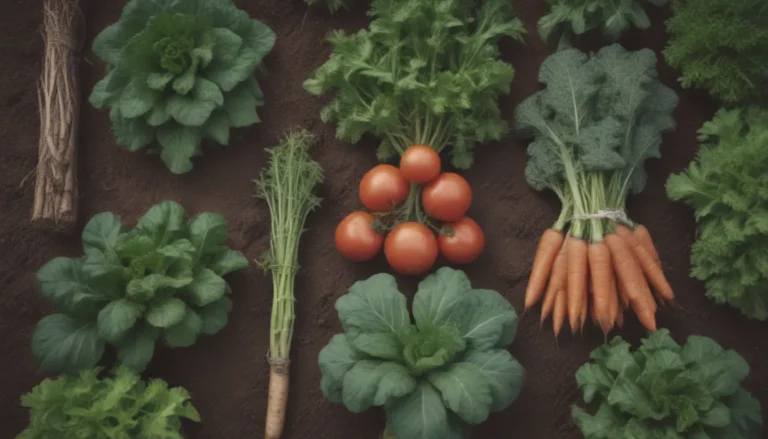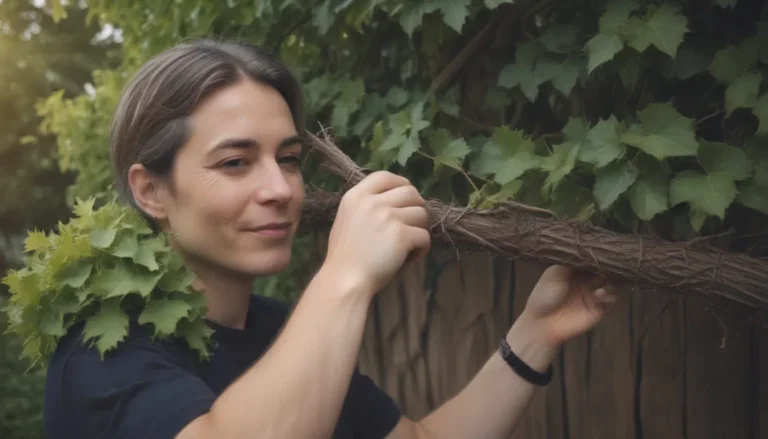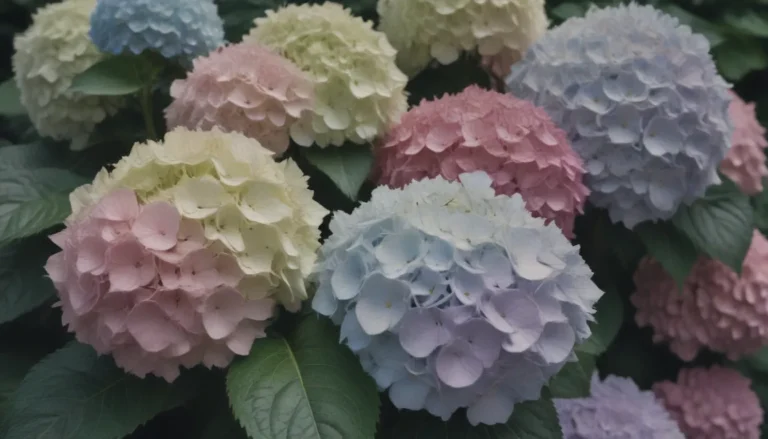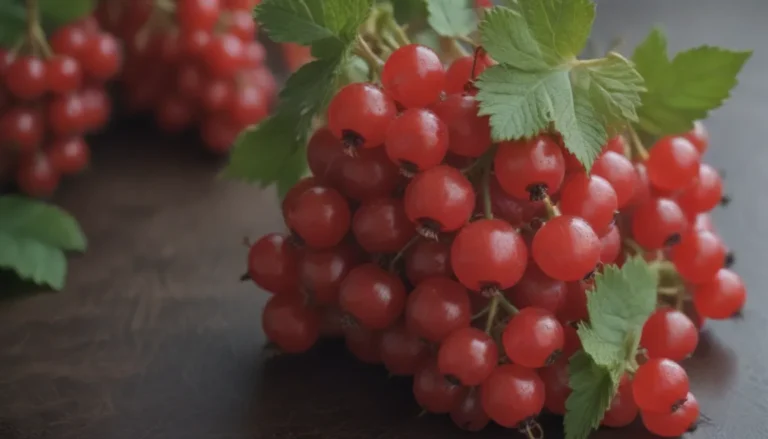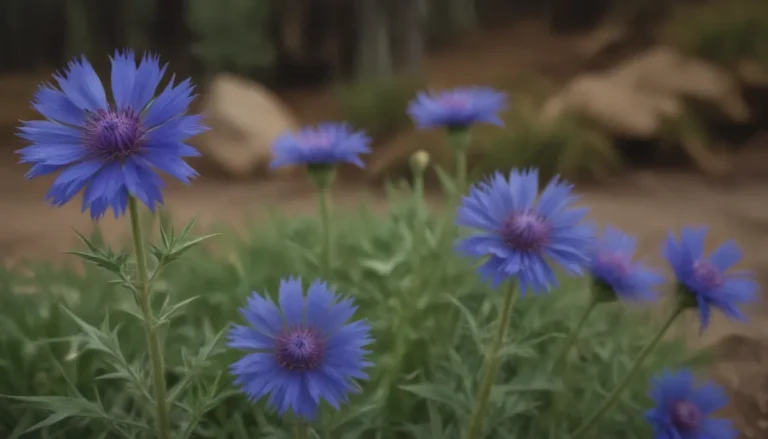The Ultimate Guide to Growing and Caring for Crocosmia (Coppertips)
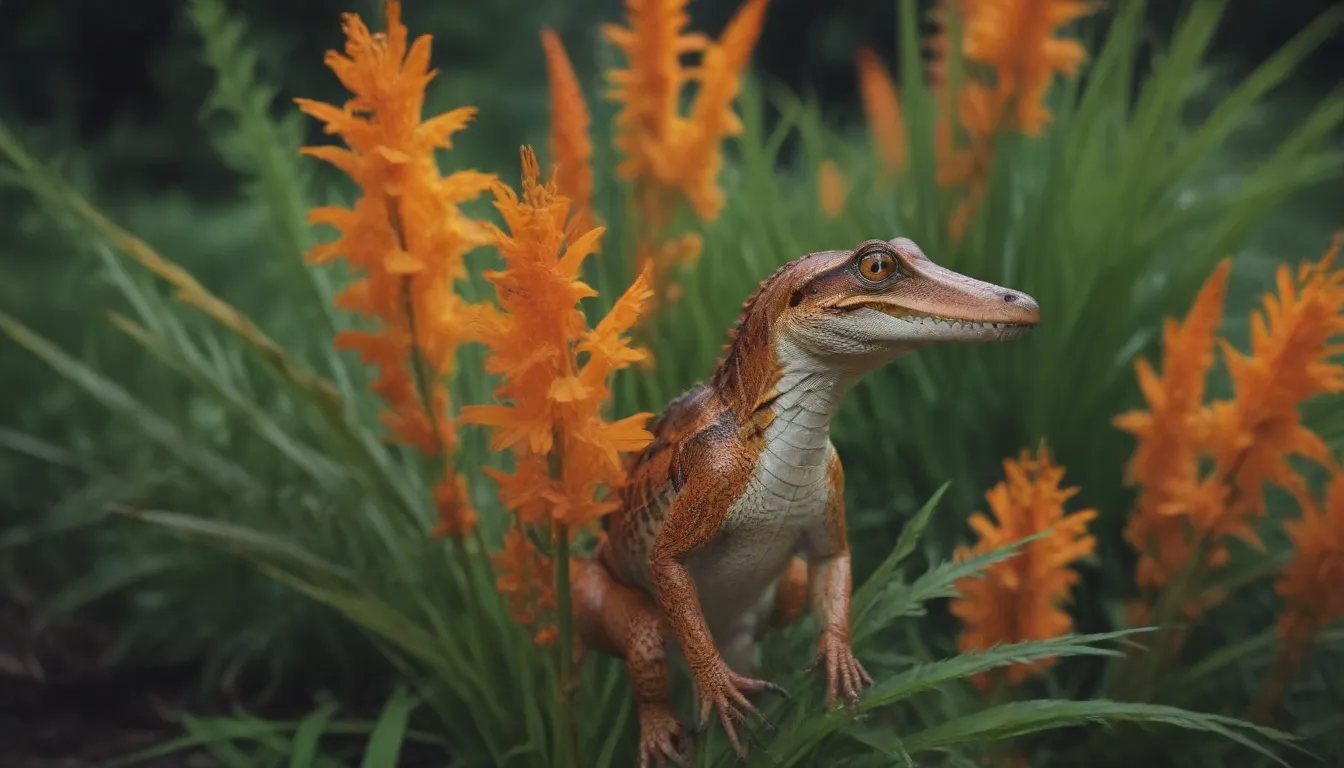
Crocosmia, also known as coppertips, is a stunning perennial flower that blooms in the summer, adding vibrant colors to your garden just as other spring flowers are fading away. If you’re looking to grow and care for crocosmia in your garden, this comprehensive guide will provide you with all the information you need to ensure your plants thrive.
Introduction to Crocosmia
Crocosmia is a popular choice for gardeners who want to add a touch of elegance and color to their outdoor space. With its tall, pigment-rich blooms and grass-like foliage, crocosmia creates a striking visual display that is sure to attract attention. This perennial flower is relatively easy to grow, making it a great choice for both experienced gardeners and beginners.
Benefits of Growing Crocosmia
- Adds vibrant colors to your garden
- Attracts hummingbirds
- Easy to care for
- Long-lasting cut flowers
Crocosmia Care Tips
When it comes to caring for crocosmia, there are a few key factors to keep in mind to ensure your plants thrive. Here are some essential care tips to help you grow healthy and beautiful crocosmia plants.
Light
Crocosmia grows best in full sun, although it can tolerate partial sun conditions as well. Make sure your plants receive at least six to eight hours of sunlight per day for optimal growth and blooming.
Soil
While crocosmia plants are not too picky about soil, good drainage is crucial for their health. If you have heavy clay soil, amend it with sand and peat moss to improve drainage. Alternatively, you can grow crocosmia in raised beds or containers for better control over soil quality.
Water
Water your crocosmia plants regularly, but be careful not to overwater them. Allow the top layer of soil to dry out before watering again to prevent root rot.
Temperature and Humidity
Crocosmia thrives in drier climates with mild temperatures. While they can tolerate high heat and humidity, they may become invasive in some regions. Keep this in mind when choosing a planting location.
Fertilizer
Crocosmia does not need supplemental fertilizer and grows well in lean or rocky soils. Avoid over-fertilizing, as it can lead to excessive foliage growth at the expense of blooms.
Types of Crocosmia
There are several popular cultivars of crocosmia that you can choose from for your garden. Some of the common varieties include:
- ‘Lucifer’
- ‘Bressingham Beacon’
- ‘Citronella’
Pruning and Propagating Crocosmia
To ensure your crocosmia plants continue to thrive and bloom year after year, it’s essential to prune and propagate them correctly.
Pruning
Cut down spent flower stalks but leave the foliage intact until it dies back naturally. The green foliage helps produce energy for next year’s blooms.
Propagating
You can easily propagate crocosmia by dividing the small offsets that form on the corms and planting them. This not only increases the number of flowers but also promotes overall plant vigor.
Growing Crocosmia From Seed and Overwintering
If you prefer to grow crocosmia from seed or need to overwinter them in colder climates, follow these tips for success.
Growing From Seed
Plant crocosmia seeds in a container with well-draining potting soil. Wait for the grassy foliage to emerge, and be patient if your plants don’t bloom in the first season.
Overwintering
In colder regions, dig up the corms in the fall and store them in a cool, dry place for the winter. Mulching can provide additional protection in milder climates.
Common Pests and Plant Diseases
Crocosmia is generally disease-free, but keep an eye out for spider mites, especially in dry conditions. Avoid overwatering to prevent root rot, another common issue with crocosmia plants.
How to Get Crocosmia to Bloom
Encouraging crocosmia to bloom requires adequate sunlight, water, and proper care. Here are some tips to help you get the most blooms from your plants.
Deadheading
While deadheading is not necessary for crocosmia, removing spent blooms can help promote additional flowering.
Conclusion
In conclusion, crocosmia is a beautiful and relatively low-maintenance flower that can add a pop of color to any garden. By following the care tips outlined in this guide, you can ensure that your crocosmia plants thrive and bloom year after year. Whether you’re a seasoned gardener or a beginner, growing and caring for crocosmia is a rewarding experience that will enhance your outdoor space.
For more information about crocosmia, you can refer to resources such as the University of Florida Extension’s Fact Sheet on Crocosmia and the North Carolina State Extension’s guide on this stunning perennial plant.
Remember to give your crocosmia plants the love and attention they deserve, and they will reward you with their stunning blooms season after season. Happy gardening!
Sources:
– Fact Sheet: Crocosmia. University of Florida Extension.
– Crocosmia. North Carolina State Extension.
